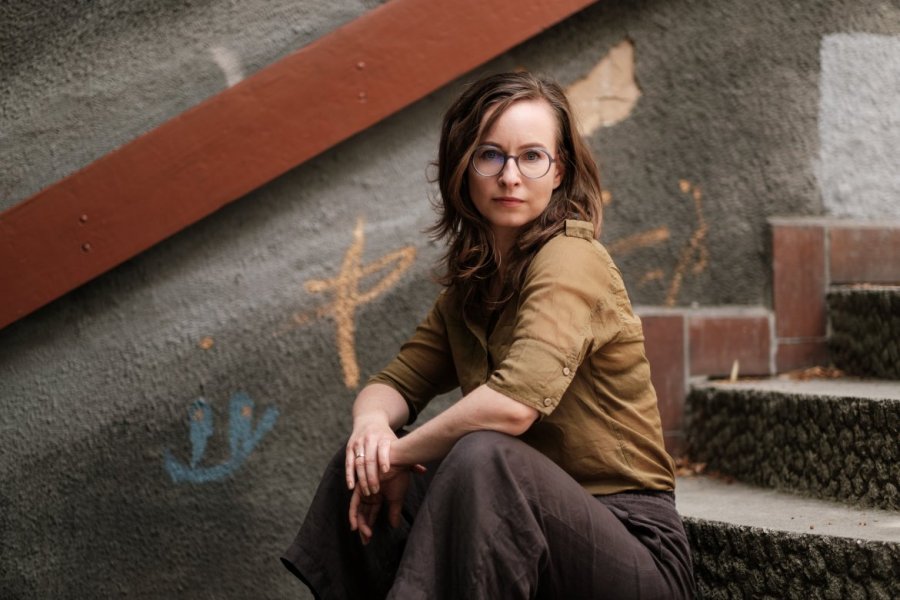The Adam Mickiewicz University in Poznań is running pioneering classes on making art accessible to visually impaired people. Students take part in a series of workshops and meetings with specialist practitioners, where they learn techniques that enable blind and partially sighted people to experience works of visual art.
Dr Dorota Łuczak from the Institute of Art History is the originator and organiser of the classes. As part of her doctoral thesis, she dealt with avant-garde photography of the first half of the 20th century. Fundamental for her was the analysis of the role of the photographic camera in modernising processes in the first decades of the last century, described as a prosthesis of the eye, enhancing, and expanding perceptual possibilities.
The optional seminar classes are attended by art history students. As part of the programme, they are introduced to all techniques of making art accessible to visually impaired people, but the exercise part is primarily focused on preparing audiodescription, which in Poland functions in two versions.
„The first one is based on an objective description of what we see and the provision of factual information. The aim of the second is to orient the viewer to the experience of the work of art, which inevitably involves a subjectivisation of the description. I am closer to a method that focuses on the foundation of a certain experience, because only in this way can we emphasise why a piece of art is a unique object”, explains Dr Łuczak.
The experience that students gain during the classes will enable them to make art more accessible to visually impaired people in the future, and thus contribute to the creation of an equal society. In relation to the 2019 Accessibility of Culture Act, such competences may be highly desirable on the labour market.
Arkadiusz Slomczynski





